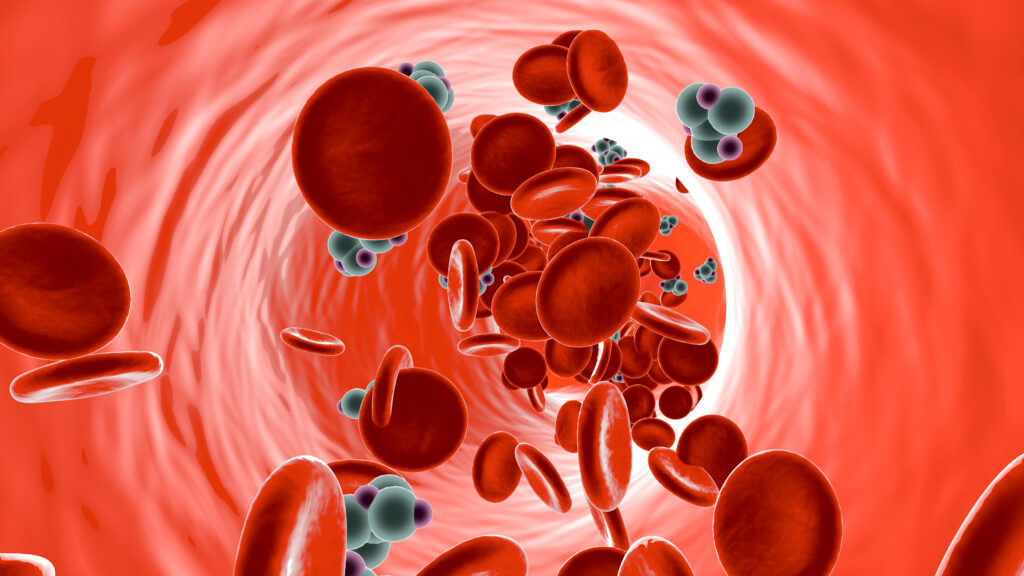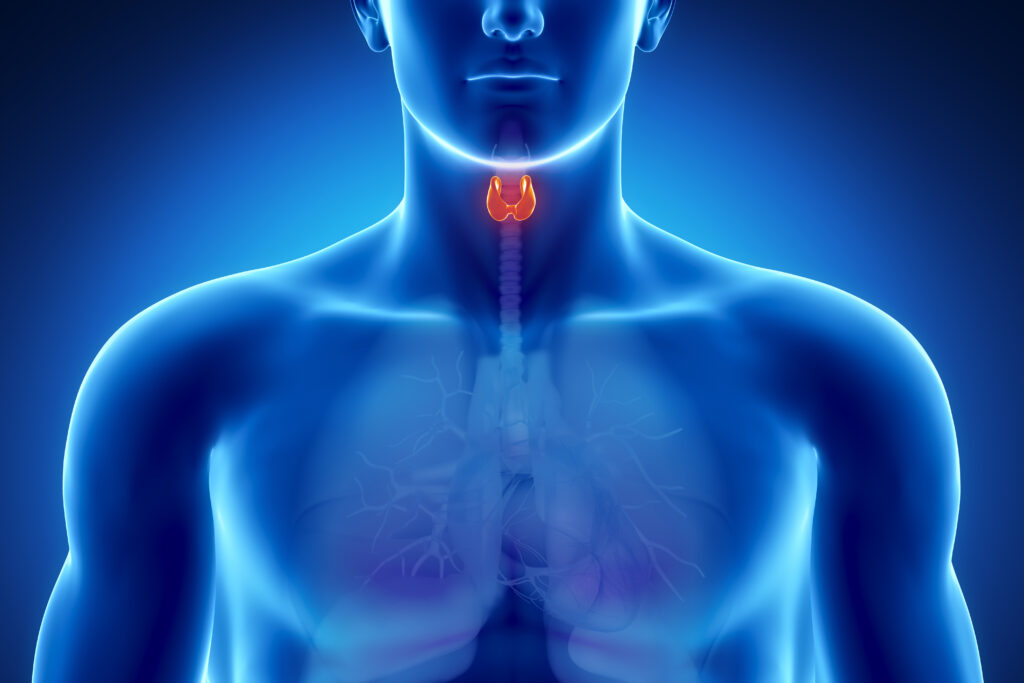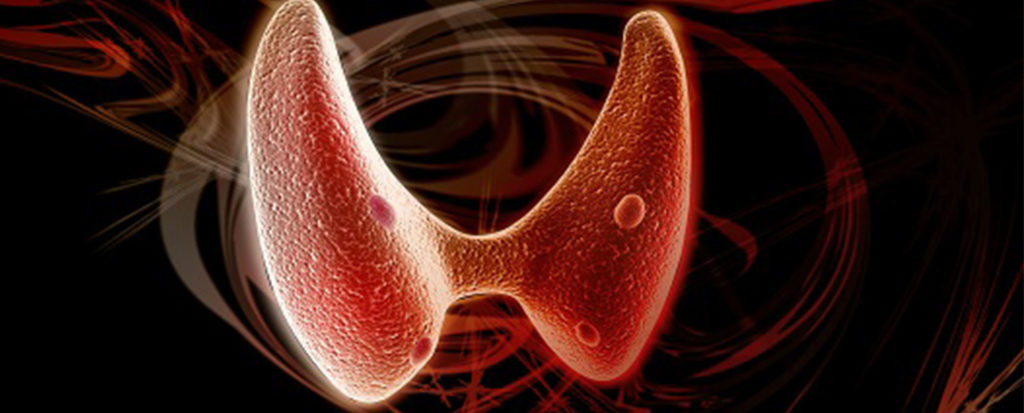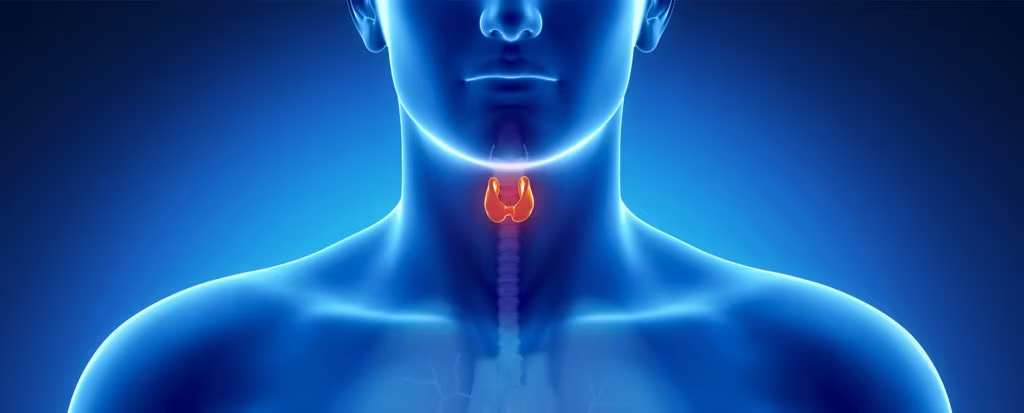Search Results
Showing Results for Autoimmunity

Established more than 25 years ago, the Immunology of Diabetes Society (IDS) is dedicated to improving our understanding of the mechanisms by which the immune system and the pancreas contribute to the development of type 1 diabetes (T1D). Every 18 months, the ...

Type 1 diabetes mellitus (T1DM) is an autoimmune disease secondary to the destruction of the insulin-producing β cells of the islets of the pancreas. Environmental factors presumably trigger the disease in genetically susceptible individuals, leading to a lifetime dependency on exogenous ...

Alopecia is a dermatological disorder characterized by hair loss from the scalp or body.1–3 It is one of the most common dermatological disorders worldwide and has several aetiologies, such as hereditary background, hormonal imbalance, infection or idiopathic causes.1,3,4 Alopecia can ...

Diabetes mellitus (DM) is a group of metabolic disorders marked by elevated blood glucose. It has many subtypes, including type 1 diabetes mellitus (T1DM), type 2 diabetes mellitus (T2DM), gestational diabetes and neonatal diabetes; of these, T1DM and T2...

On 31 December 2019, the World Health Organization (WHO) was notified of several cases of pneumonia of unknown aetiology in Wuhan, China. After a relatively short period, officials confirmed the first case of coronavirus disease 2019 (COVID-19) reported outside of China, in Thailand, ...

touchENDOCRINOLOGY caught up with Anna-Maria Lampousi (Karolinska Institutet, Stockholm, Sweden) virtually during the EASD Annual Meeting 2021 conference to discuss her systematic review and meta-analysis on dietary factors and risk of islet autoimmunity and type 1 diabetes. Questions 1. What is known about ...

Polycystic ovary syndrome (PCOS), the most common endocrine disorder in women of reproductive age, is a heterogeneous androgen-excess disorder with different degrees of reproductive and metabolic dysfunctions.1 Thyroid disorders are also quite common and are among the most common endocrine ...

In children, hyperthyroidism occurs less commonly compared to hypothyroidism, yet it is far more symptomatic.1 Hyperthyroidism in children is mostly due to autoimmunity, predominantly as a result of Graves’ disease.2 Non-autoimmune hyperthyroidism (NAH) is a rare cause of hyperthyroidism in ...

The armamentarium of anticancer drugs available to an oncologist has grown rapidly over the past few decades. The use of cancer immunotherapy and targeted therapy has become more popular in the last few years. It has also become increasingly clear ...

Deep Dutta is a Senior Endocrinologist at the CEDAR Super-specialty Clinics New Delhi in India. Following his MBBS (in 2005) and MD (in 2009), he completed his Doctorate in Endocrinology (DM) training in endocrinology and metabolism in Calcutta, India in 2012. He was ...

Type 1 diabetes (T1D) is an autoimmune disease characterized by the dysfunction and/or destruction of the insulin-producing beta cells found in the pancreatic islets of Langerhans.1 New insights into the course of T1D have led to the realization ...

Despite the introduction of newer and faster acting insulin analogues along with advances in glucose monitoring and insulin delivery technology, the majority of patients with type 1 diabetes (T1D) fail to achieve target glycemic control. There still remains a high ...

Thyroid disease has commonly been associated with hair loss, predominantly manifesting as diffuse thinning of the scalp and the lateral eyebrows. This can be of particular concern to patients, and may motivate some to seek medical evaluation. Indeed, thyroid disease ...

Despite the introduction of newer and faster acting insulin analogues along with advances in glucose monitoring and insulin delivery technology, the majority of patients with type 1 diabetes (T1D) fail to achieve target glycemic control. There still remains a high ...

Sodium-glucose cotransporter 2 inhibitors (SGLT2i) are the latest class of oral glucose-lowering agents proposed for the treatment of patients with type 2 diabetes mellitus (DM2). Besides lowering blood glucose in an insulin-independent manner by blocking the tubular reabsorption of filtered glucose, ...

There are two major forms of diabetes mellitus, type 1 (T1DM) and type 2 (T2DM), with the latter being the most common form, accounting for over 90 % of cases.1 Further, with the epidemic of obesity, T2DM can occur at any ...

Hypothyroidism is usually a progressive disease that impacts the entirety of bodily functions. As the heart is the main target of thyroid hormone activity, hypothyroidism may precipitate or aggravate heart failure, influencing heart rate and blood pressure (BP) while increasing ...

Type 1 diabetes (T1D) is a relatively rare disease, but attracts much attention as it is a lifelong disease that mainly starts during childhood, thus condemning children to the daily administration of subcutaneous insulin injections, accompanied with a need for ...
Latest articles videos and clinical updates - straight to your inbox
Log into your Touch Account
Earn and track your CME credits on the go, save articles for later, and follow the latest congress coverage.
Register now for FREE Access
Register for free to hear about the latest expert-led education, peer-reviewed articles, conference highlights, and innovative CME activities.
Sign up with an Email
Or use a Social Account.
This Functionality is for
Members Only
Explore the latest in medical education and stay current in your field. Create a free account to track your learning.

